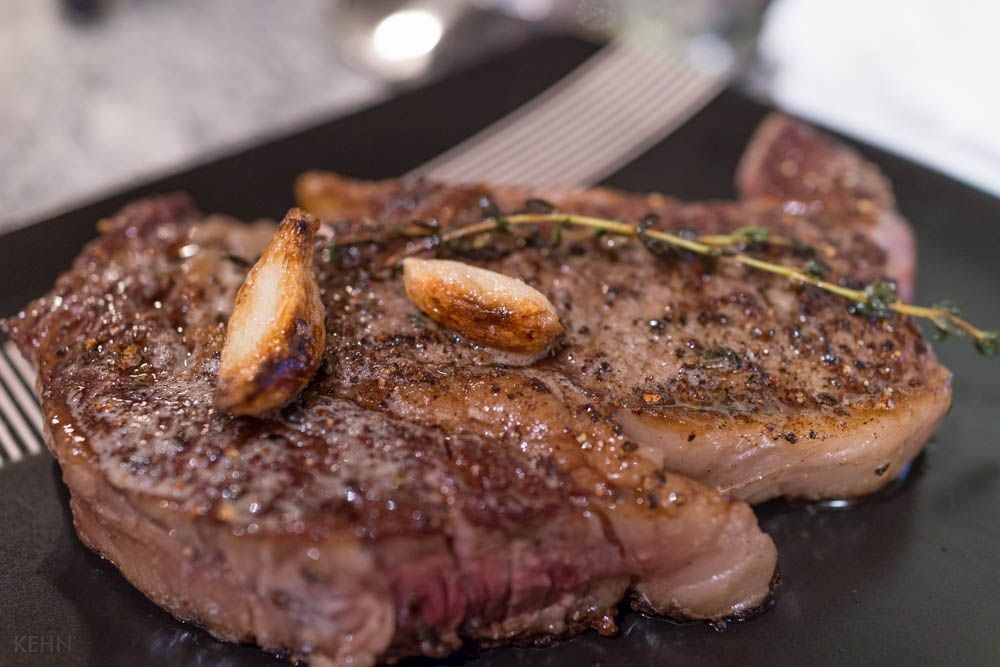
Master the Art of Crafting the Ultimate Healthy Salad
- May 12, 2024
A drab heap of frost-bitten greens is not what a salad should be. Believe it or not, there's a world of possibilities beyond your classic chopped tomato, cucumber, and red onion combo. Don't just take our word for it - according to projections by market research company, Statista, over 251 million Americans are projected to consume bagged or packaged salads by 2024.
So, what's stopping you from creating a vibrant, flavorful, and nutritious salad right in your kitchen? Yes, achieving this could be a tall order - it might require some effort and a few more dollars. But then, with the right guidance, it's a hurdle you can easily surmount.
Embrace a colorful palette in your salad to venture beyond the conventional greens. Each color represents a different set of nutrients delivered to you, just as licensed dietitian nutritionist and former personal chef, Abra Pappa, explains. However, amassing a rainbow of ingredients might feel daunting initially, both financially and in terms of effort. Pappa's advice for this? Prioritize a couple of "must-haves," and create a mini salad bar at home using your favorite ingredients.
Nailing a nutrient-rich salad begins with a good base of greens. Go for a variety, if possible. For instance, romaine lettuce boasts high quantities of vitamins A, K, and C, along with a smidgeon of potassium, iron, molybdenum, and fiber. On the other hand, dark leafy greens - think spinach, chard, or collard greens - are bursting with vitamins K and C, loads of calcium, and antioxidants galore.
Pappa shares a nifty trick – seasoning your greens before adding other topping ensures an even spread and avoids a dreary, dry-green situation. Next, crank up your salad color wheel with yellow and orange bell peppers, carrots or beets. And don't put a break on fruits - toss in some berries, a slice of peach or nectarine during summer, or perhaps an apple in the fall.
Who said salads are all about raw veggies? Roasted vegetables add a jazzy contrast of warm and cold, and if you're up for it, a handful of grains like rice, quinoa, or wheat can make your salad more filling. Pappa also emphasizes the importance of texture, recommending crunchy vegetables like cucumber, peas or celery to add variety to the bite.
Your salad gains a delightful crunch together with the health benefits of fiber, phytonutrients, and anticancer compounds when you include cruciferous vegetables. These include broccoli, kale, cauliflower, Brussels sprouts, cabbage, and bok choy.
Pappa suggests adding a protein source to maintain energy and satiety for a longer period. Think chicken, canned tuna, or if you're vegetarian, maybe some tempeh or edamame. Cheese, nuts, seeds, even a tangy topping of marinated artichoke hearts, capers or pepperoncini can transform your salad from dull to delightful.
Salads act as a great source of varied nutrients and contribute to your daily intake of fruits and vegetables – you can guess how important that is, knowing that only 10% of Americans meet their daily vegetable intake according to the Centers for Disease Control and Prevention.
Lastly, remember your salad dressing isn't the villain. Pappa emphasizes that it's not just a flavor enhancer but also plays a vital role in nutrient absorption. A simple dressing made with just three ingredients - oil, seasonings, and acid - can give you a combination of flavor and healthy fats, essential for your body to utilize the goodness your salad has to offer.






